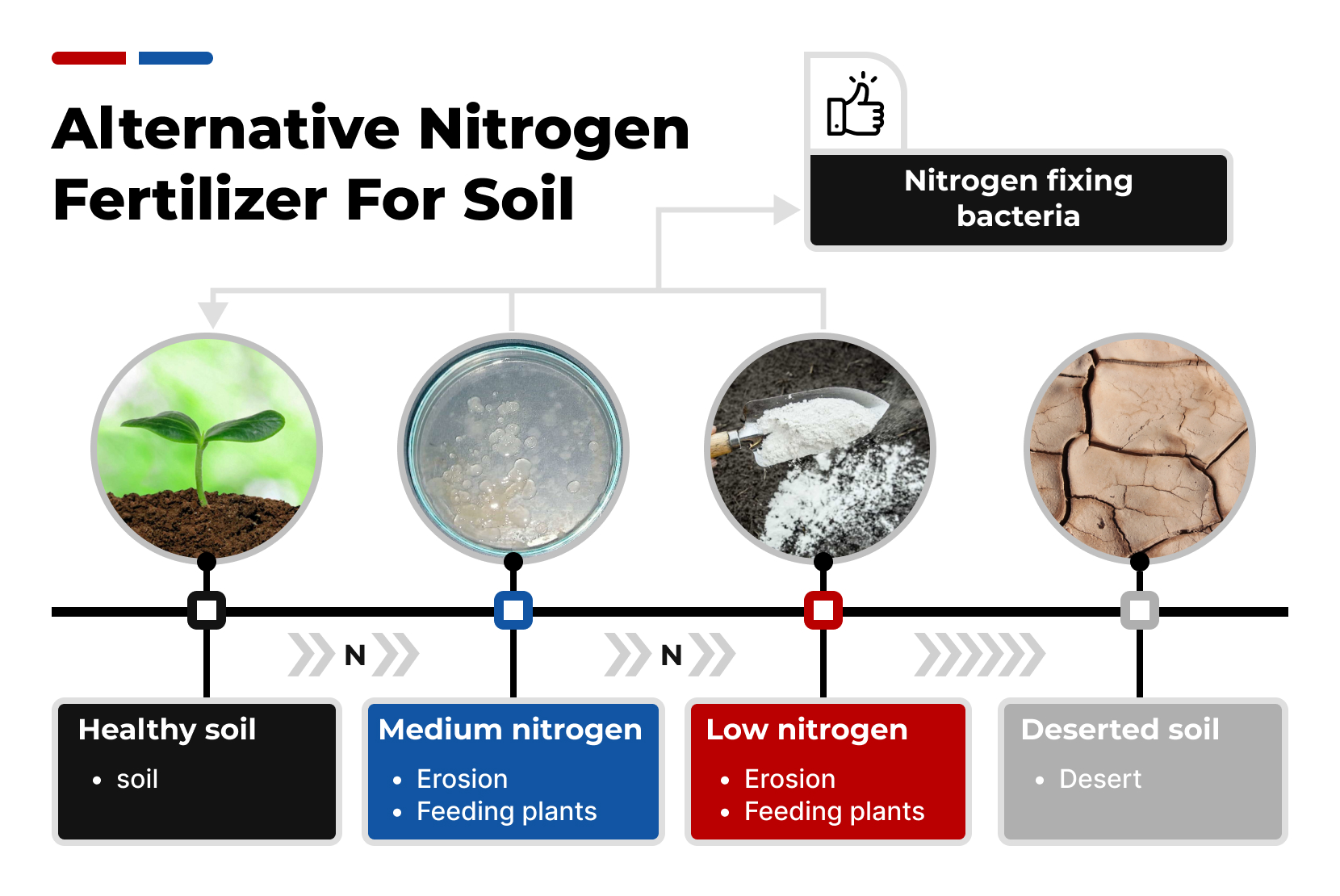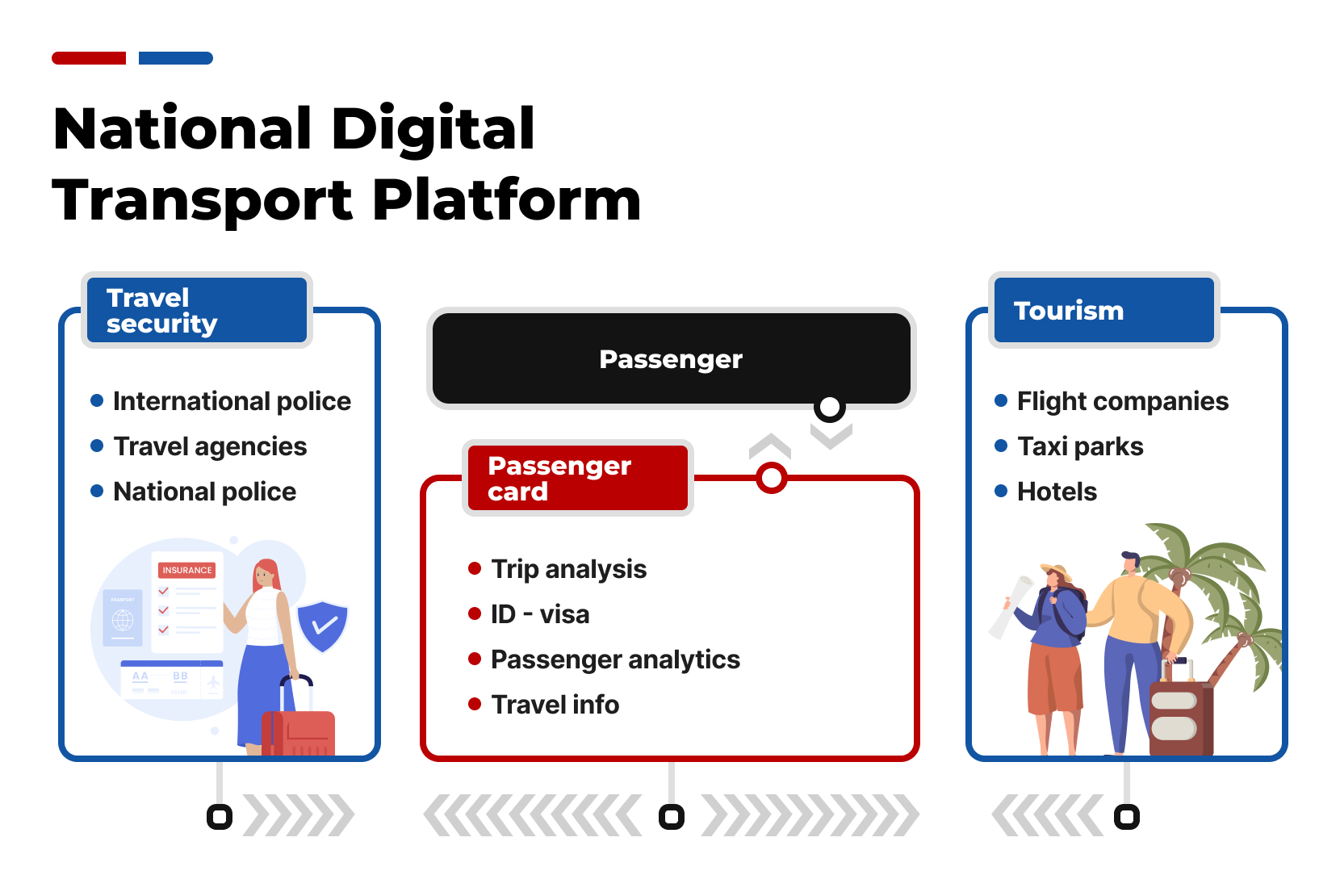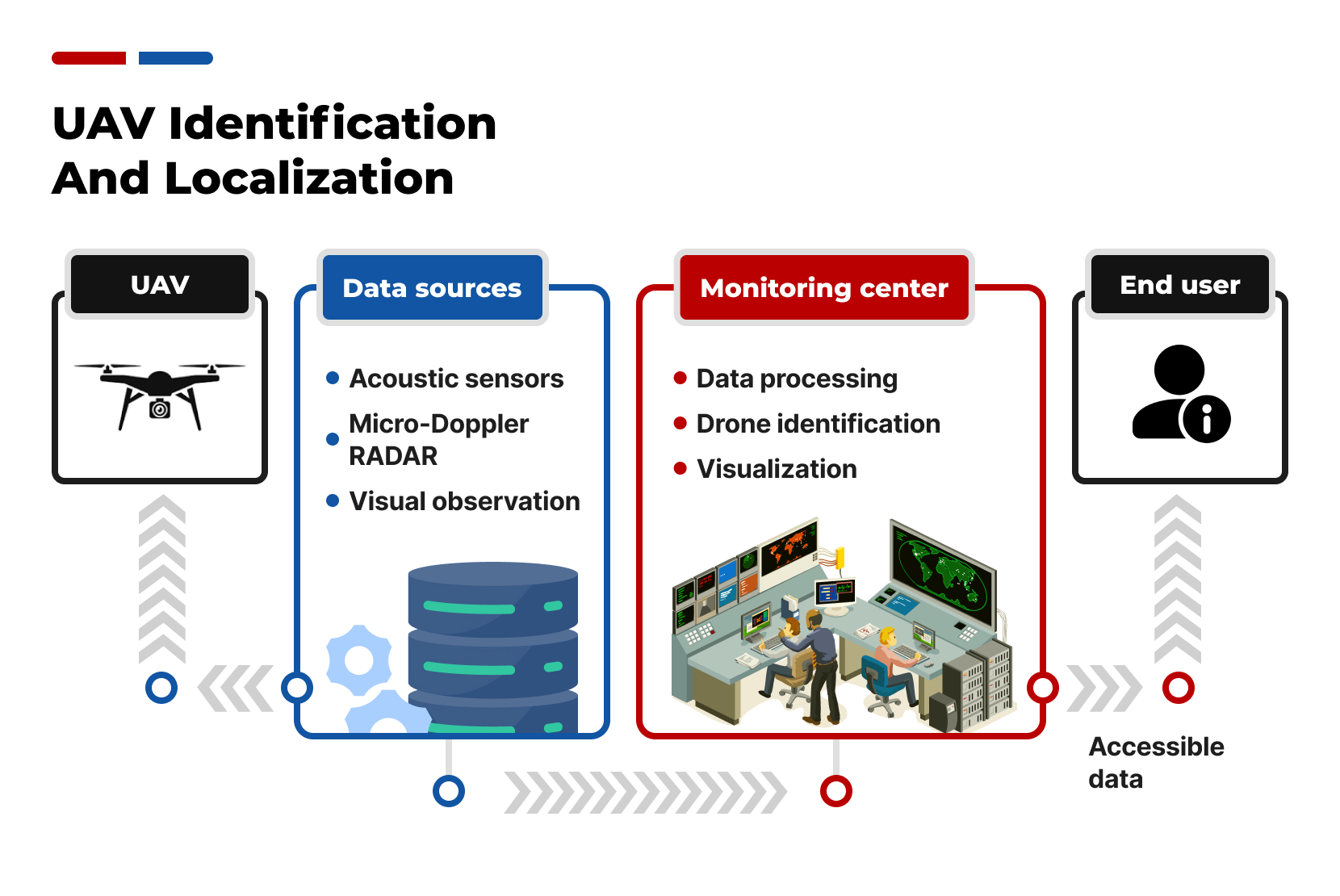Feedback form
Alternative nitrogen fertilizer for soil
Description
Soil health can be improved by nitrogen fixing bacteria. Nitrogen-fixing bacteria helps to convert atmospheric nitrogen into a form that plants can use.Problem
More than 33% of soil is depleted due to constant malnutrition and erosion. The main feature of soil is its ability to provide nutrients for crops and greenery, supplying the food chain. The most consumed nutrients are nitrogen, phosphorus, and potassium. While these nutrients can be replenished by nature, it can be inefficient and can take a long time. To combat this, humanity has started using fertilizers, which can restore soil resources more effectively than nature. However, this method can have negative effects on the soil if misused, requiring multiple uses and several steps. No more than 90% of fertilizer nutrients are consumed by crops, with the rest being eroded away. Such methods are not very effective due to the harsh usage or long time required for resource restoration.Solution
One potential method to improve soil health and nutrients, and reduce the environmental impact of agriculture is the use of nitrogen-fixing bacteria. These bacteria help to convert atmospheric nitrogen into a form that plants can use, thus reducing the need for conventional fertilizers. Additionally, the use of nitrogen-fixing bacteria can help to improve soil health and reduce erosion. While the use of these bacteria may not completely replace conventional fertilizers, they can be used in combination with them to reduce the overall amount of synthetic fertilizers needed. Furthermore, the use of nitrogen-fixing bacteria can also have positive impacts on the surrounding ecosystem by reducing runoff and limiting the release of harmful chemicals into the environment.Description
Soil health can be improved by nitrogen fixing bacteria. Nitrogen-fixing bacteria helps to convert atmospheric nitrogen into a form that plants can use.Problem
More than 33% of soil is depleted due to constant malnutrition and erosion. The main feature of soil is its ability to provide nutrients for crops and greenery, supplying the food chain. The most consumed nutrients are nitrogen, phosphorus, and potassium. While these nutrients can be replenished by nature, it can be inefficient and can take a long time. To combat this, humanity has started using fertilizers, which can restore soil resources more effectively than nature. However, this method can have negative effects on the soil if misused, requiring multiple uses and several steps. No more than 90% of fertilizer nutrients are consumed by crops, with the rest being eroded away. Such methods are not very effective due to the harsh usage or long time required for resource restoration.Solution
One potential method to improve soil health and nutrients, and reduce the environmental impact of agriculture is the use of nitrogen-fixing bacteria. These bacteria help to convert atmospheric nitrogen into a form that plants can use, thus reducing the need for conventional fertilizers. Additionally, the use of nitrogen-fixing bacteria can help to improve soil health and reduce erosion. While the use of these bacteria may not completely replace conventional fertilizers, they can be used in combination with them to reduce the overall amount of synthetic fertilizers needed. Furthermore, the use of nitrogen-fixing bacteria can also have positive impacts on the surrounding ecosystem by reducing runoff and limiting the release of harmful chemicals into the environment.Financial Model
Time to launch the project: 6 months
Payback: 12 months
Interested in the project?
Geography
We have experience in working with clients in more than 20 countries: we understand how local legislation, mentality and experience influence technologies and innovation approaches
Our representations: Bahrain, China, Finland, Germany, Hong Kong, India, Indonesia, Italy, Kazakhstan, Malaysia, Singapore, South Korea, Switzerland, Thailand, Turkey, UAE, USA, Uzbekistan, Vietnam









